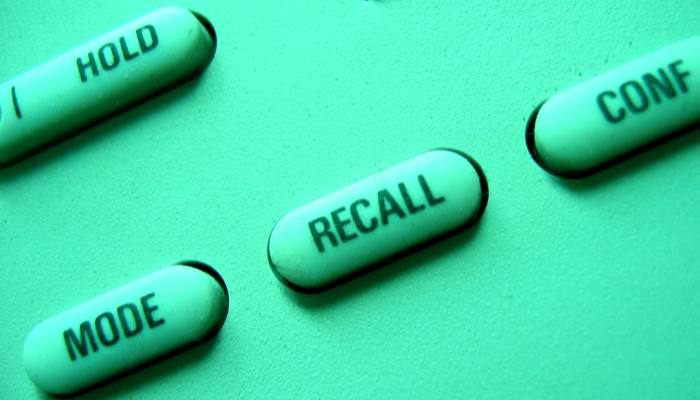The answer impacts how you set up your HACCP plan.
According to 21 CFR part 7.3 (m) there are 3 levels of recall which can be issued by the FDA:
- “(1) Class I is a situation in which there is a reasonable probability that the use of, or exposure to, a violative product will cause serious adverse health consequences or death.
- (2) Class II is a situation in which use of, or exposure to, a violative product may cause temporary or medically reversible adverse health consequences or where the probability of serious adverse health consequences is remote.
- (3) Class III is a situation in which use of, or exposure to, a violative product is not likely to cause adverse health consequences.”1
The USDA has the same classifications, slightly different wording:
- “Class I – This is a health hazard situation where there is a reasonable probability that the use of the product will cause serious, adverse health consequences or death.
- Class II – This is a health hazard situation where there is a remote probability of adverse health consequences from the use of the product.
- Class III – This is a situation where the use of the product will not cause adverse health consequences.”2
For both agencies, USDA and FDA, presence of bacteria or situations which could lead to the presence of bacteria (produced without benefit of inspection (where required), temperature abuse, processing deviation) results in a Class I recall.3,4
The USDA categorizes residues as Class II.3 The FDA, in 2017, issued one Class II recall for presence of plastic matter in a snack bar; while the other foreign materials were classified as Class I.4 In the USDA archives, an undeclared substance is a Class III recall while and undeclared allergen is usually a Class I, sometimes a Class II offense.3 The same situation exists under FDA jurisdiction.4
Under FDA jurisdiction, Class II recalls tend to occur with devices, drugs and vaccines. Food recalls are primarily Class I and rarely Class III.4
What does this mean for the producer? When facing a recall, chances are good the federal agency involved is going to classify it as a Class I recall; HACCP plans should encompass this viewpoint.
Note:
Neither term “reasonable probability” nor “remote probability” is defined.
Sources:
- https://www.accessdata.fda.gov/scripts/cdrh/cfdocs/cfcfr/CFRSearch.cfm?CFRPart=7&showFR=1
- https://www.fsis.usda.gov/wps/portal/fsis/topics/recalls-and-public-health-alerts/current-recalls-and-alerts
- https://www.fsis.usda.gov/wps/portal/fsis/topics/recalls-and-public-health-alerts/recall-case-archive/recall-case-archive-2017
- https://www.archive-it.org/collections


